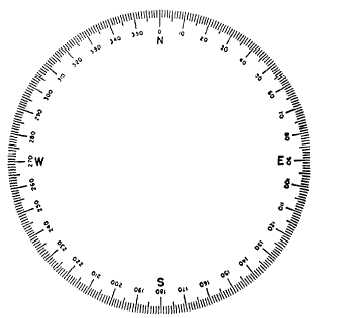| |
CHAPTER 2
WATCHSTANDERS' EQUIPMENT
Whether you are a Seaman or an officer aboard a
ship, you will be assigned certain duty periods.
Watchstanding is a necessary and an important part of
Navy life. And the equipment used in watchstanding
helps to keep the Navy operating efficiently.
The following instruments or apparatus are found
on the bridge:
steering
sounding
indicating ship's heading and rudder angle
measuring speed
communicating speed orders to the engineroom
taking bearings and ranges
controlling running lights and speed lights
indicating revolutions made by the engines, and
communicating with other departments in the ship and
with other ships
COMPASSES
LEARNING OBJECTIVE: Explain the
operation of the gyrocompass and the magnetic
compass.
A compass is an instrument that tells you the
direction you are heading. It also tells you where north
is so you can measure all other directions from that one
fixed point or direction.
There are two main types of compasses. They are
gyrocompasses and magnetic compasses. The
gyrocompass works on the gyro principle of a spinning
wheel. The magnetic compass is affected by Earth's
magnetic field. In each instance the objective is to
produce a compass card (fig. 2-1) that points toward the
north. From the compass card, the directions can be
taken in degrees or in terms such as north, south,
southwest. The Navy expresses direction in degrees,
saying the direction or course is 000°, 180° or 225°,
instead of north, south, or southwest.
2-1
Figure 2-1.— Compass card.
GYROCOMPASS
The gyrocompass is unaffected by magnetic
influence. When in proper running order, the
gyrocompass points constantly to true north, rather than
magnetic north. It may have a slight mechanical error of
1° or 2°, but the error is computed easily and remains
constant for any heading; the error does not interfere in
any way with the instrument's practical value.
A typical shipboard installation consists of master
gyros whose indications are sent electrically to repeaters
located at the conning stations, on the bridge wings, and
at other necessary points. One advantage of the gyro is
that its repeaters may be set up at any angle-nearly
vertical for the convenience of helmsmen, or horizontal
for taking bearings.
Despite the excellence of the gyro mechanism, the
magnetic compass is still standard equipment used
aboard ship. Because the gyrocompass is powered by
electricity, it would be useless in a power failure. It is an
extremely complicated and delicate instrument, and it is
subject to mechanical failure. For instance, some gyros
become erratic after the ship makes a series of sharp
turns at high speed. This does not mean, however, that
great confidence cannot be placed in the gyro. When the
gyro is running properly, it can be depended upon to
|

